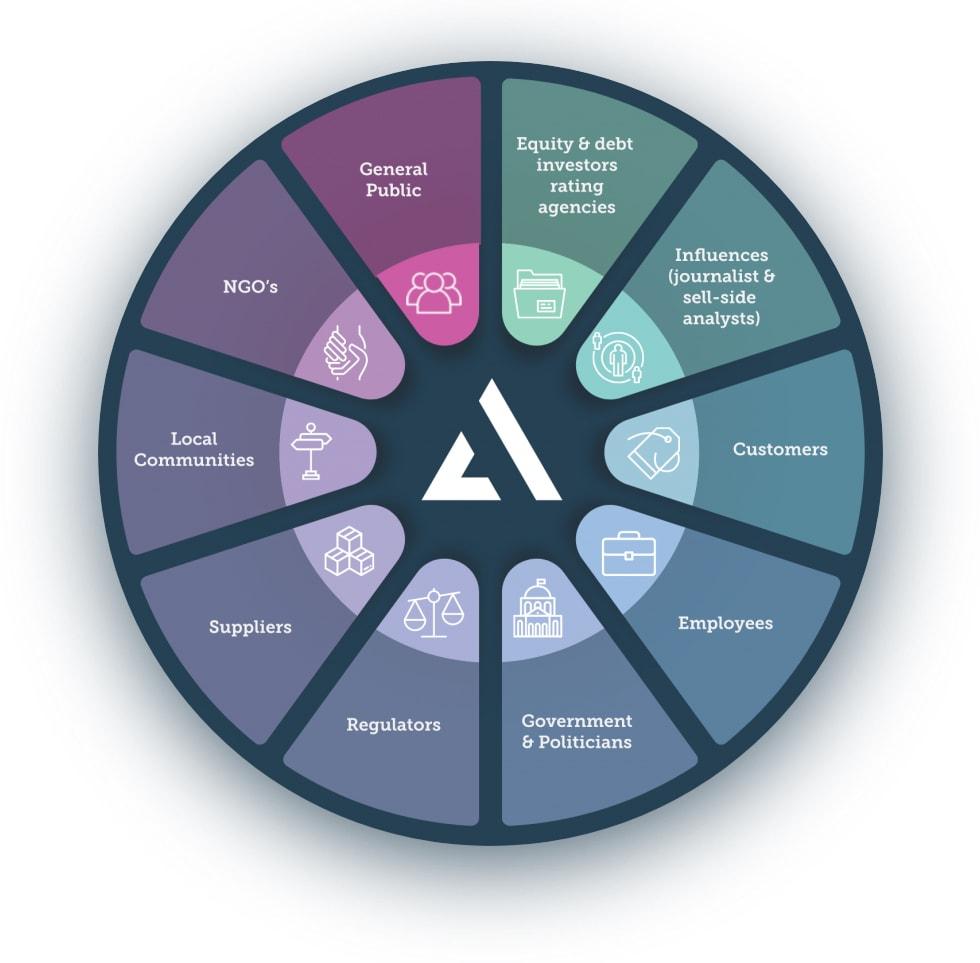In a world where the ticking clock of environmental change grows ever louder, the financial sector stands at a pivotal crossroads. The time has come for banks not just to count their profits, but to recognise the profound impacts of their operations on the planet. “Time’s Up: Why Banks Must Embrace Sustainability Now” delves into the urgent necessity for financial institutions to transition from traditional practices to sustainable strategies. As climate crises escalate, consumer expectations shift, and regulatory pressures mount, the traditional banking model is being challenged like never before. This article explores the compelling reasons why banks must lead the charge toward sustainability, presenting the multifaceted benefits that await those willing to adapt. In doing so, we uncover a new vision for the future of finance—one where economic growth, social responsibility, and environmental stewardship go hand in hand. The clock is ticking; it’s time for banks to take action.
The Imperative Shift: Understanding the Imperiled Future of Banking Without Sustainability
As we navigate the complexities of the modern financial landscape, it becomes increasingly clear that a commitment to sustainability is no longer a luxury but a necessity for banks. The consequences of ignoring environmental responsibilities are dire, with risks that extend far beyond ethical considerations. Banks face a looming threat of reputational damage and potential regulatory penalties if they fail to adapt. The financial implications are multi-faceted, including:
- Increased operational costs due to inefficient resource management
- Investment risks associated with climate change and environmental degradation
- Loss of clientele as consumer preferences shift towards sustainable brands
The reality is stark: financial institutions that choose to disregard sustainability do so at their peril. To illustrate the urgency of this shift, let’s consider the potential fallout for banks in the absence of a sustainable strategy. A comparative analysis of traditional versus sustainable banks highlights the significant growth trajectory of the latter:
| Bank Type | Projected Growth Rate (5 Years) | Customer Retention (%) |
|---|---|---|
| Traditional Banks | 2% | 75% |
| Sustainable Banks | 8% | 90% |
This table emphasizes the clear competitive advantage that sustainable banking holds, showcasing how forward-thinking institutions not only thrive in an evolving market but also secure the loyalty of environmentally-conscious consumers. In a world where every choice counts, the imperative for banks to embrace sustainability is apparent—failure to do so could very well lead to their downfall.

Green Finance Revolution: Unlocking New Opportunities for Growth and Resilience
As the global economy shifts toward sustainability, financial institutions find themselves at the forefront of this transformation. Embracing green finance opens the door to vast opportunities that can lead to both growth and resilience. Banks that prioritize sustainable investments can differentiate themselves from competitors, create value for stakeholders, and attract a new generation of environmentally conscious customers. Key advantages include:
- Enhanced Risk Management: Climate risks are increasingly impacting financial stability. By adopting sustainable practices, banks can better navigate these challenges.
- Investment in Green Technologies: Financing renewable energy and sustainable projects leads to higher returns while supporting a healthy planet.
- Regulatory Compliance and Incentives: Governments worldwide are offering incentives for sustainable practices, allowing banks to benefit from lower operating costs and tax advantages.
Moreover, integrating sustainability into traditional banking models is not just a trend; it’s a necessity for long-term viability. Financial institutions can create a strong competitive edge by developing green products and services that appeal to conscious consumers. A shift in focus will also reinforce relationships with clients who prioritize sustainability in their decision-making. Consider the following potential strategies:
| Strategy | Benefit |
|---|---|
| Green Bonds | Funding for environmental projects |
| Sustainable Investment Funds | Attracting ESG-focused investors |
| Energy Efficiency Loans | Supporting clients in reducing costs |

Engaging Stakeholders: Building Partnerships for Sustainable Banking Solutions
In an age where financial institutions are increasingly held accountable for their environmental impact, forming strategic collaborations has never been more essential. Engaging stakeholders—from investors to local communities—ensures that sustainability is not just a buzzword but a fundamental part of banking operations. By listening to and integrating the insights of various stakeholders, banks can develop innovative solutions that resonate with societal needs. This collaborative approach allows banks to leverage diverse perspectives, which can lead to groundbreaking financial products designed to tackle issues such as climate change and social inequality.
Building alliances with non-profit organizations, governmental agencies, and businesses can create a vibrant ecosystem where sustainable practices thrive. By co-developing initiatives that prioritize both profitability and the planet, banks can craft tailored financial services such as green bonds, impact investing, and sustainable home loans. A focused commitment to partnership can transform these offerings into not just financial vehicles, but also instruments of change that foster economic resilience in both urban and rural communities. Below is a table outlining potential collaborators and their contributions:
| Stakeholder Type | Potential Contribution |
|---|---|
| Non-Profits | Raise awareness and drive community engagement. |
| Government Agencies | Provide regulatory support and incentives for sustainable programs. |
| Corporations | Invest in joint ventures and CSR initiatives. |

Adapting Strategies: Frameworks for Integrating Sustainability into Core Banking Practices
To successfully integrate sustainability into core banking practices, institutions must adopt comprehensive frameworks that align their operations with environmental goals. This involves rethinking traditional banking models to embrace approaches that minimize ecological footprints. Key strategies include:
- Green Banking Initiatives: Implementing products like green loans and investment portfolios that prioritize renewable energy projects.
- Risk Assessment Modification: Adapting risk assessment models to incorporate environmental risks, ensuring investments are sustainable long-term.
- Stakeholder Engagement: Collaborating with stakeholders, including clients and community organizations, to promote and develop sustainable practices.
The roadmap towards sustainability can also be visually represented through performance tracking systems—these allow banks to measure their progress against set sustainability goals. Below is a simplified overview of essential aspects to consider:
| Aspect | Strategy |
|---|---|
| Energy Efficiency | Invest in renewable energy sources for banking facilities. |
| Sustainable Governance | Establish a sustainability committee to oversee initiatives and policies. |
| Innovation | Encourage digital solutions that reduce paper usage and carbon emissions. |
Key Takeaways
As we stand at the crossroads of environmental imperatives and economic stability, the call for sustainability in banking resonates louder than ever before. The urgency is not merely a fleeting trend, but a fundamental shift that promises to redefine the very framework of the financial sector. With mounting evidence linking financial resilience to sustainable practices, banks have a unique opportunity to lead the charge toward a greener future.
The message is clear: the time for change is now. Embracing sustainability is not just a moral obligation; it is a strategic necessity that can catalyze innovation, attract new clientele, and ultimately ensure long-term viability. As institutions that wield considerable influence over global economies, banks have the power to drive substantive change, fostering a future where financial success and ecological responsibility go hand in hand.
In this new era, may we see banks not merely as guardians of capital, but as stewards of progress—boldly stepping forward to champion sustainable practices that benefit both their bottom line and the planet. The financial world must answer this call—not just for themselves, but for generations to come. Together, let us forge a path toward a sustainable future, where every transaction and investment reflects our shared commitment to a thriving, resilient world. The time is indeed up for inaction; the time for embracing sustainability has arrived.
